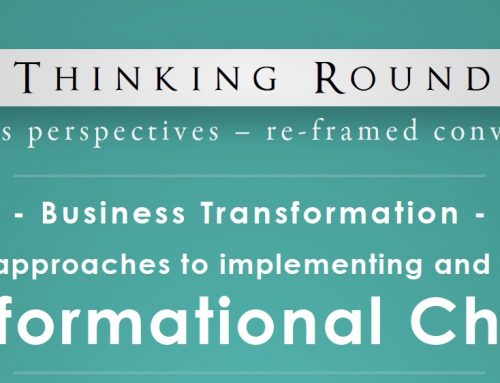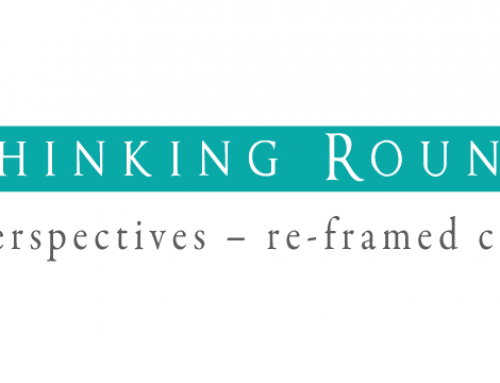While most CEOs now agree the senior HR executive should be on equal footing with executives from other business areas, according to HRPA they also believe some fall short of really understanding the business challenges. A lot of current HR practices are based on outdated ideas of human psychology or they are rooted in stories about successful business leaders operating in specific places and times (for example, Jack Welch at GE in the 1980s and ’90s).
This is not good enough anymore.
As an Accenture article puts it: “Over the past 70 years, HR had a threefold mandate: maintain strict control over the workforce; deliver low-cost, easy-to-manage administrative HR services; and promote fairness (and avoid lawsuits) through equal treatment of employees. In the future, HR organisations’ mandate will be to understand and serve employees with highly relevant offerings that improve their engagement, motivation, retention and performance. When HR fulfills this mandate, it contributes directly to the organisation’s bottom line.” It’s where HR’s value should lie.
Furthermore, Bersin states that HR needs to assist senior leaders in re-examining the workforce needs and understanding the importance of talent in their overall business strategies. HR needs to own functions that can become a critical driver of organisational agility. From this position HR will enable a new type of organisation—one designed around highly nimble and responsive talent. One that can better manage key people risks like talent shortages and retention, performance gaps, wellness and non-compliance.
Finally, according to Deloitte, HR needs to help employees navigate the new world of work where the barriers between work and life have been almost eliminated. Employees are “always on”—hyper-connected to their jobs through pervasive mobile technology. We need to stop pretending all jobs are 9-5 and in the same office.
But where do we start?
- Focus on business priorities rather than policies and programs.
- Align workforce planning with the business goal in order to help business leaders forecast revenue and operating budgets to provide a clear view of talent gaps. A robust workforce planning process will provide accurate data to business leaders in the short term and cut recruitment costs in the long run.
- Redesign the performance management process – most processes are too complex and not sufficiently developmental.
- Ensure your HR systems are flexible enough to deal with the new workforce. Segment the workforce and tailor people practices for each segment by using analytics. Offer modular choices with broad and simple rules.
- Build new capabilities in HR teams.
- Update programs and interventions to reflect our new understanding of human psychology, systems thinking, adult development and brain theory.
- Use Human Centred Design and test and validate programs before large scale, costly roll-outs.




